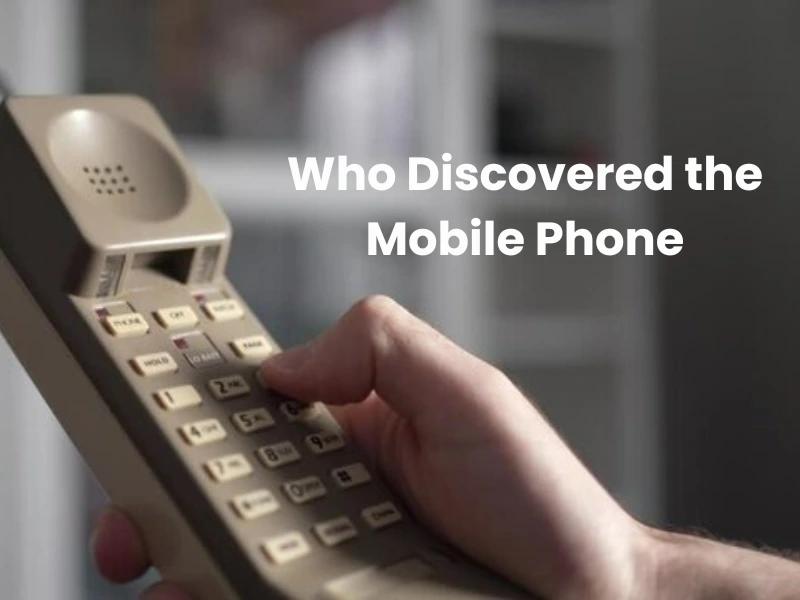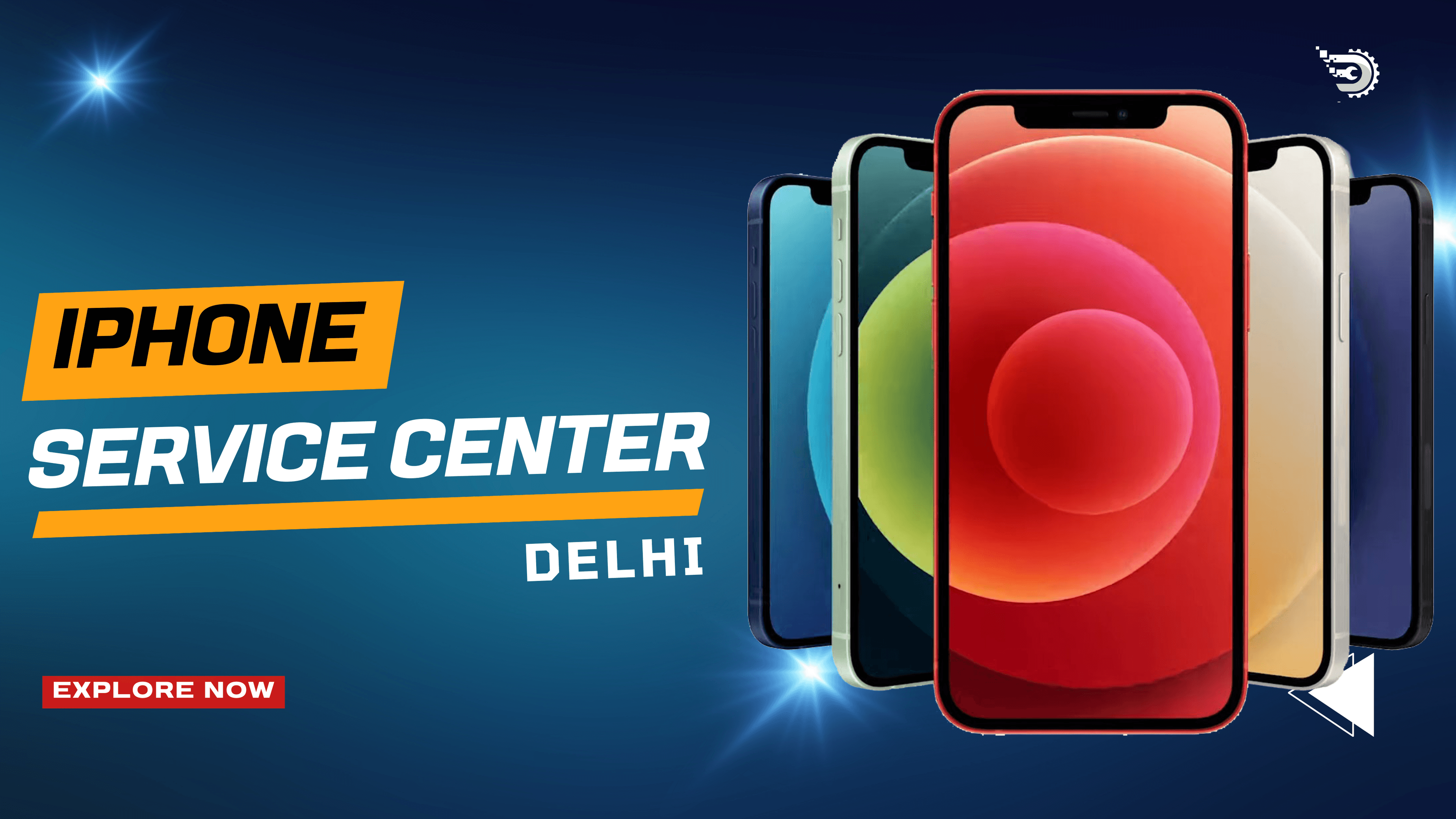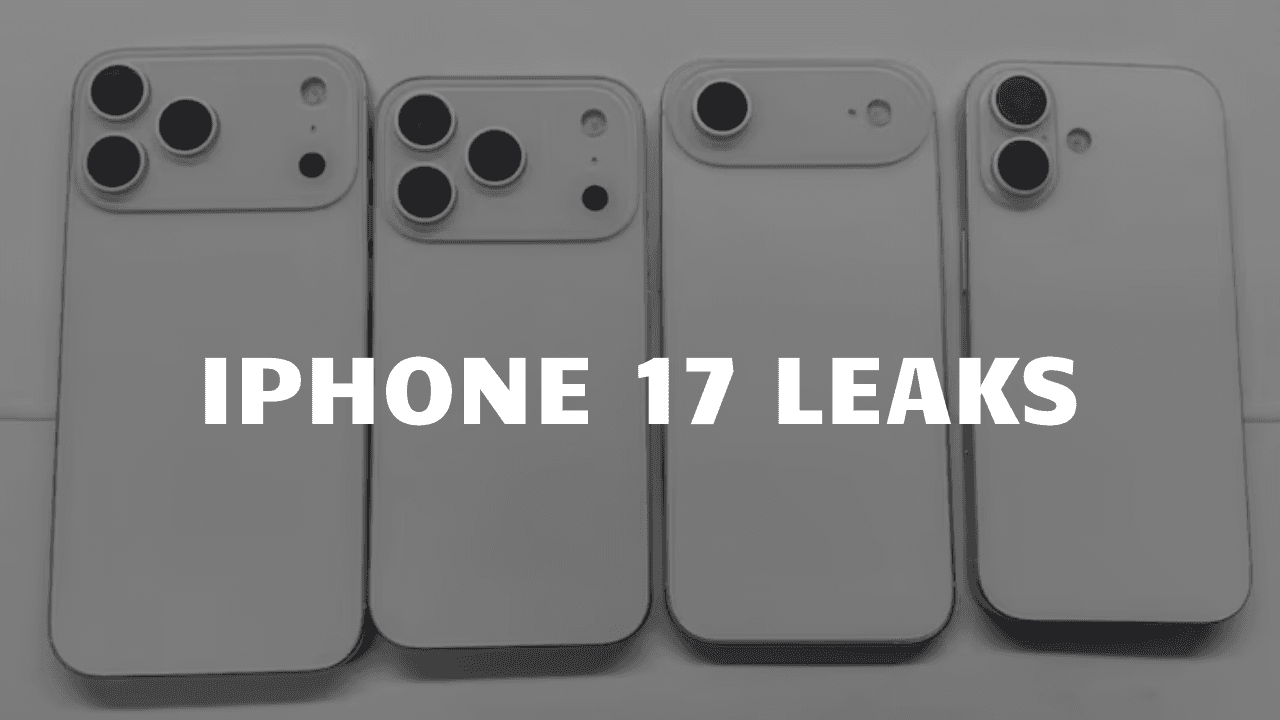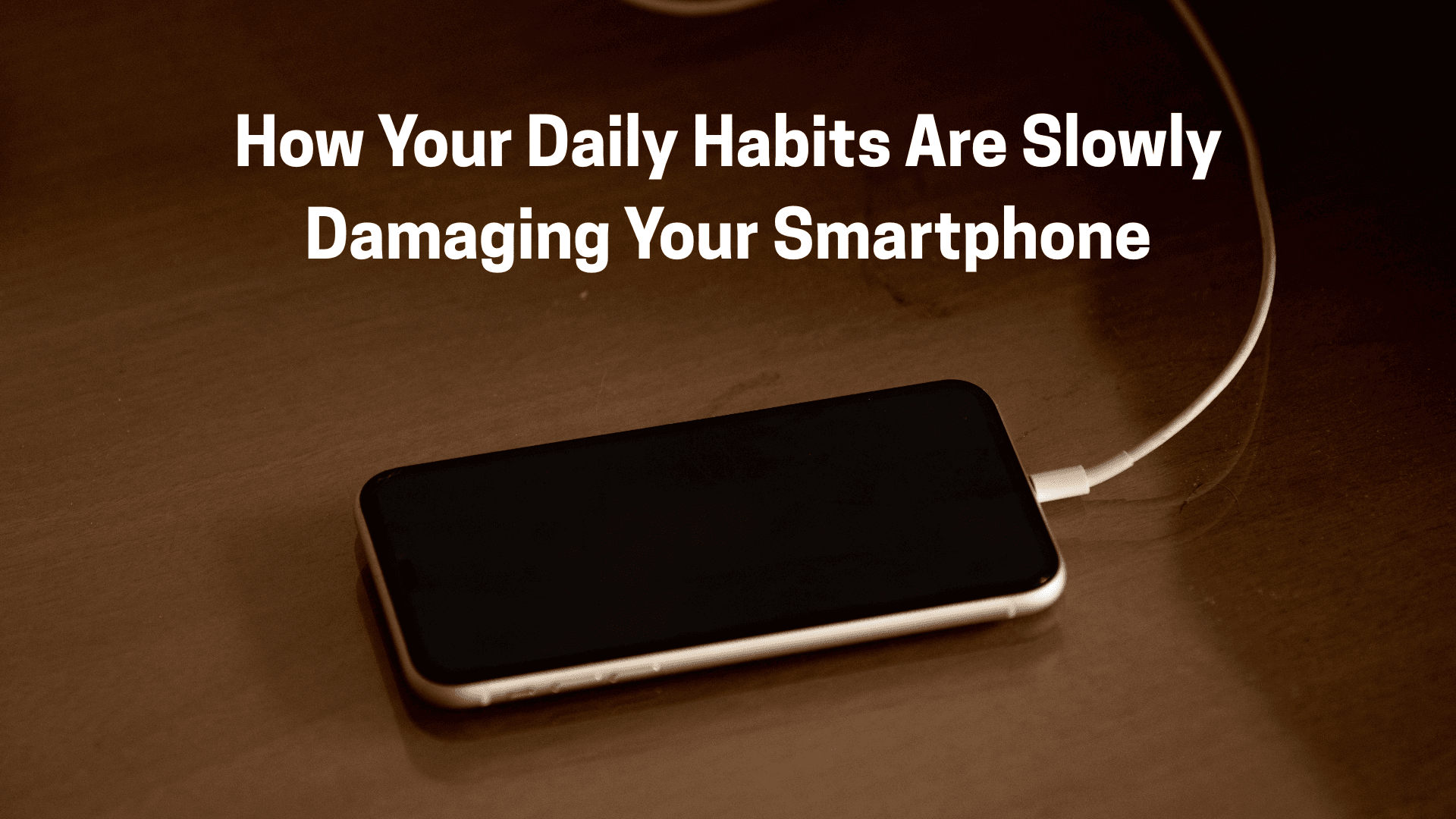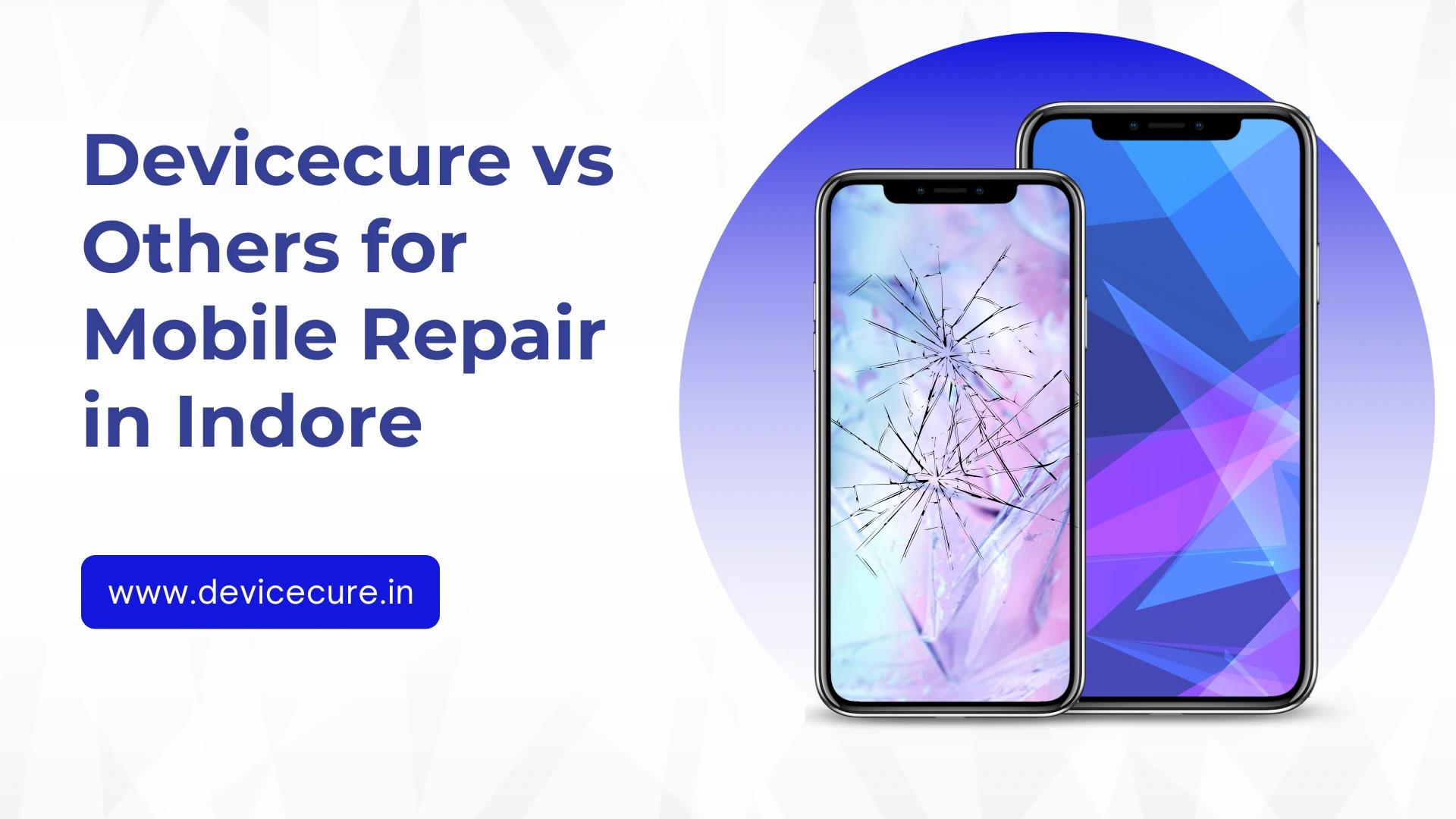The mobile phone is a way to connect people and communicate, work, and interact with the whole. From wireless communication experiments to the process of the smartphone, this revolutionary technology has shaped modern life.
In this blog, we explore who discovered the mobile phone We have outlined the steps to locate and explain the all things. If you're eager to learn and who discovered the mobile phone, read this blog to the end.
So, let’s begin!
The Origins of Mobile Communication
Before the mobile phone, people favoured fixed-line telephones to communicate. Wireless communication developed in the 20th century when messengers like Guglielmo Marconi began experimenting with radio waves. Wireless telegraphy laid the groundwork for later mobile communication technologies, which involved sending Morse code signals across distances. The concept of mobile communication, we understand today, began to take shape. In this period two -two-way radio communication systems were developed for military and police use, but they were limited and short-range equipment. These systems were the harbinger of modern mobile phone technology.
The Birth of the Mobile Phone: Martin Cooper’s Breakthrough
in the 1970s, the true breakthrough came in mobile phone technology, and its high credit goes to Martin Cooper, an engineer at Motorola. In 1973, Cooper made the world’s first mobile phone call on a device that would later become known as the Motorola DynaTAC. This call was made on a bulky, weighing around 2.5 pounds (1.1 kilograms) and measuring 10 inches tall.
At the time, Mobile phones were considered a luxury, with a price tag that made them undelivered for most people. The first mobile phone calls were made over analogue networks, which transmitted voice signals in continuous waves.
Cooper’s historic call was made to his opponent, Joel Engel, who was the head of Bell Labs, a competitor of Motorola. In the call, Cooper famously told Engel, I am speaking to you from a mobile telephone. This event marked the beginning of a new period in communication technology.
The Commercialization of Mobile Phones
Motorola introduced the DynaTAC 8000X in 1983, which became the first commercially available mobile phone. It was large, heavy, and expensive, costing around 3Lahks at the time. The DynaTAC 8000X was a far cry from the smartphones of today. these drawbacks, the DynaTAC 8000X was a revolutionary device that sparked widespread interest in mobile communication.
The first mobile phones were primarily used by business professionals and wealthy individuals due to their high cost. These early mobile phones used analogue cellular technology, which meant that users could only make calls within a limited range, and the sound quality was often poor.
Know More: How to Track a Lost Mobile Phone Using IMEI
The Rise of Digital Technology and the GSM Network
The introduction of the Global System for Mobile Communications (GSM) network in the early 1990s provided a more trustable and efficient way to transmit phone calls and data.
GSM technology-enabled features like text messaging, quickly became a popular form of communication. The 1990s also saw the emergence of more affordable and smaller mobile phones, with companies like Erisoncs and Nokia leading the way. Nokia’s 3310, released in 2000, became one of the most iconic phones of this period, known for its long battery life and durability.
The Smartphone Revolution: The iPhone
The smartphone, as we know it today, is a multi-functional device that combines a mobile phone with a variety of advanced features, including internet access, cameras, and apps. While mobile phones were becoming more compact and user-friendly, the true revolution in mobile technology came with the launch of the smartphone.
The smartphone period began with the launch of Apple’s iPhone in 2007. The iPhone’s introduction changed the mobile phone industry forever. Unlike previous mobile phones, the iPhone featured a touchscreen interface, which replaced physical buttons with a user-friendly design. The device was also equipped with internet connectivity, allowing users to browse the web, send emails, and download apps.
the co-founder of Apple famously unveiled the iPhone as a device that combined three functions: a mobile phone, a portable media player (iPod), and a revolutionary internet communicator. The iPhone set the standard for smartphones that followed, with many manufacturers quickly adopting similar designs and features. Apple’s iPhone also introduced the concept of the App Store, where users could download a wide range of applications that enhanced the functionality of their devices. This opened up a new world of possibilities, from social media apps to productivity tools, games, and everything in between.
The Evolution of Mobile Phones: From 2G to 5G
Over the years, mobile phones have continued to evolve, driven by advances in network technology, hardware, and software. One of the key milestones in mobile communication was the transition from 2G to 3G networks. 3G networks provided faster data speeds, and faster internet browsing, enabling mobile phones to support features like video calling, and media streaming. The 4G LTE network, introduced in the late 2000s, furthers the speed and functionality of mobile phones, making them capable of handling high-definition video and a broader range of applications.
As of today, we are on the cusp of the next big leap in mobile technology: 5G. The 5G network promises even faster data speeds, and greater capacity, which will support innovations like autonomous vehicles, the Internet of Things, and more virtual reality experiences.
The Future of Mobile Phones
Mobile phones will continue to evolve and become even more integrated into our lives. Technologies like virtual reality (VR), artificial intelligence (AI), and augmented reality (AR) are expected to play a bigger role in how we use mobile devices. 5G and wearable devices are already starting to reshape the mobile phone industry.
The mobile phone has come a long way since Martin Cooper’s historic call in 1973. From the bulky devices of the early days to the smartphones of today, mobile phones have communicated and transformed the way we interact with the world. With technological advancement, it’s exciting to think about what the future holds for mobile communication.
Conclusion
In conclusion, the discovery of the mobile phone is a big innovation and vision. From early wireless technologies to the powerful smartphones we use today, the journey of the mobile phone to humans, and the desire to stay connected. The mobile phone has not only changed the way we communicate but also how we live, interact, and work with the whole world.
FAQ’s
1. Who first discovered the mobile phone?
Martin Cooper of Motorola made the first mobile phone call in 1973, which is modern mobile communication.
2. Who is the real founder of the phone?
Alexander Graham Bell is the real founder of the telephone, inventing it in 1876 as a communication device.
3. When was the first mobile phone call made?
The first mobile phone call was made on April 3, 1973.
4. When did smartphones become popular?
Smartphones became popular after the release of the Apple iPhone in 2007.
5. What is the difference between mobile phones and telephones?
Telephones are fixed-line devices, while mobile phones are portable and can connect wirelessly.





